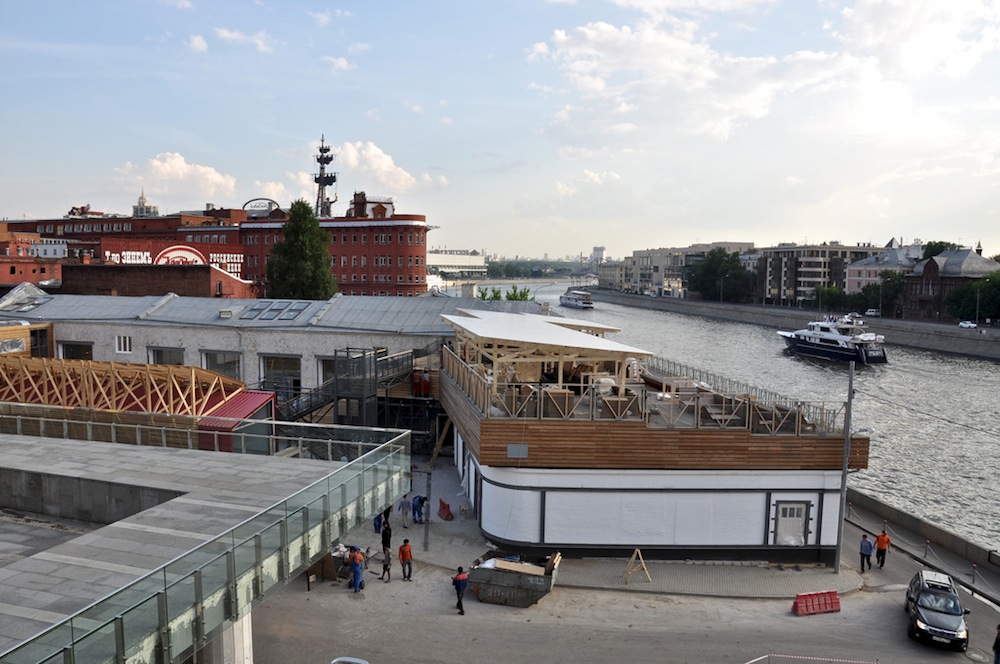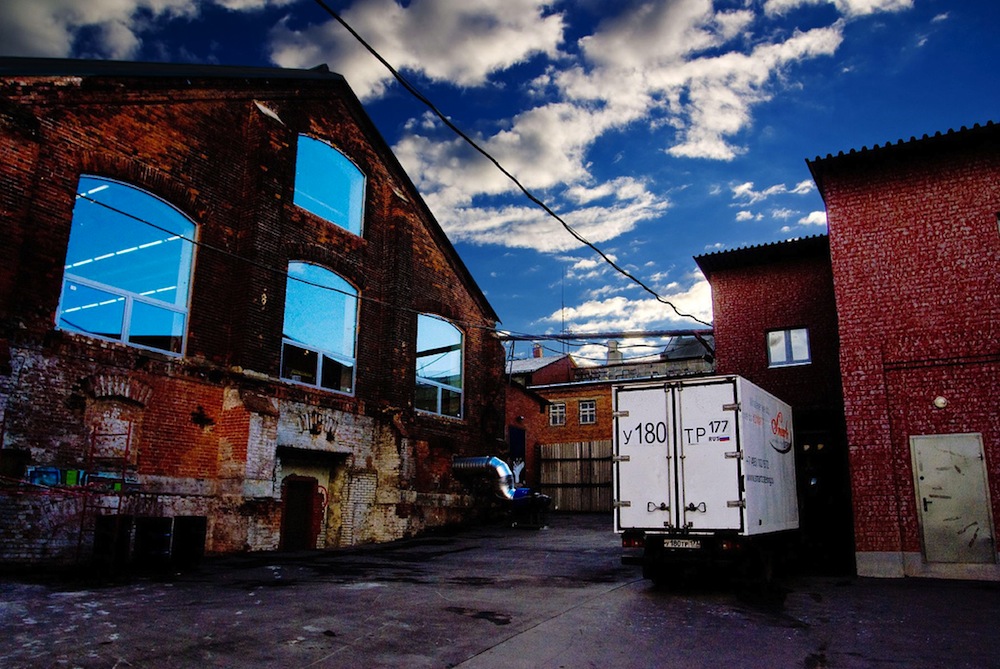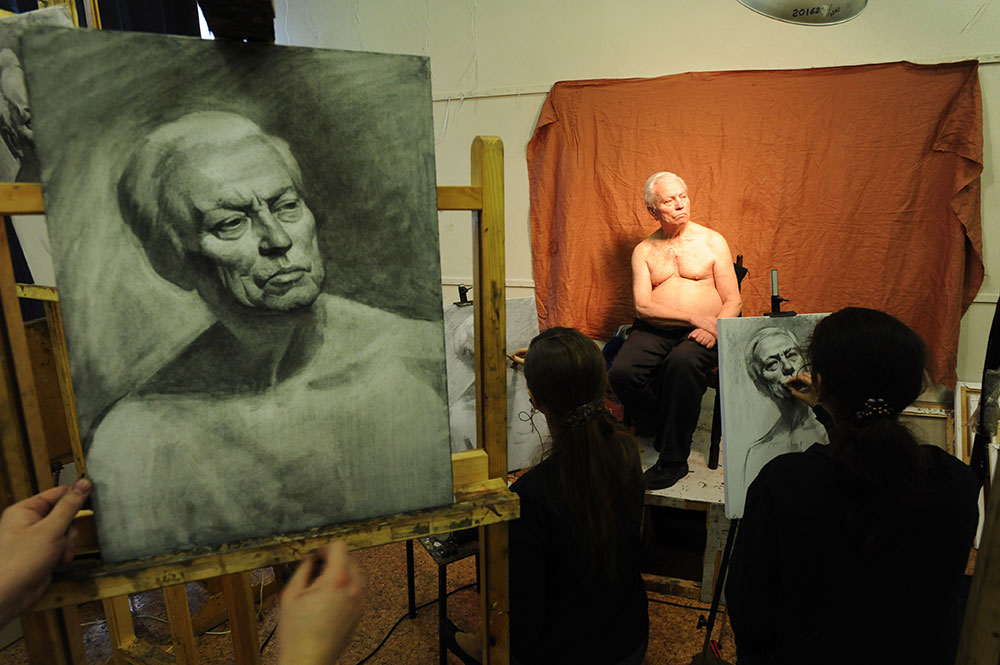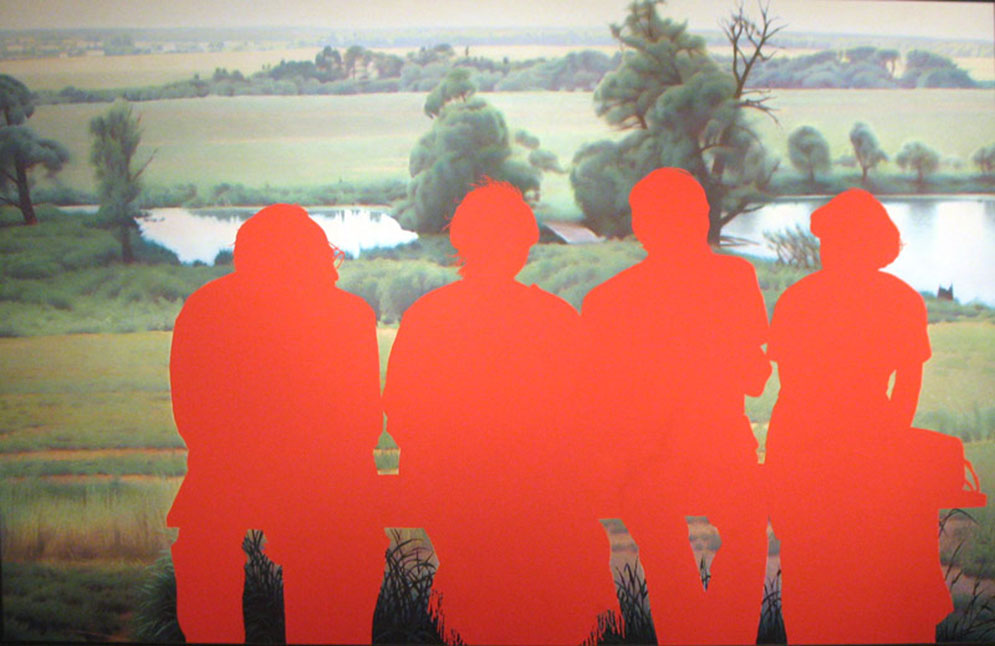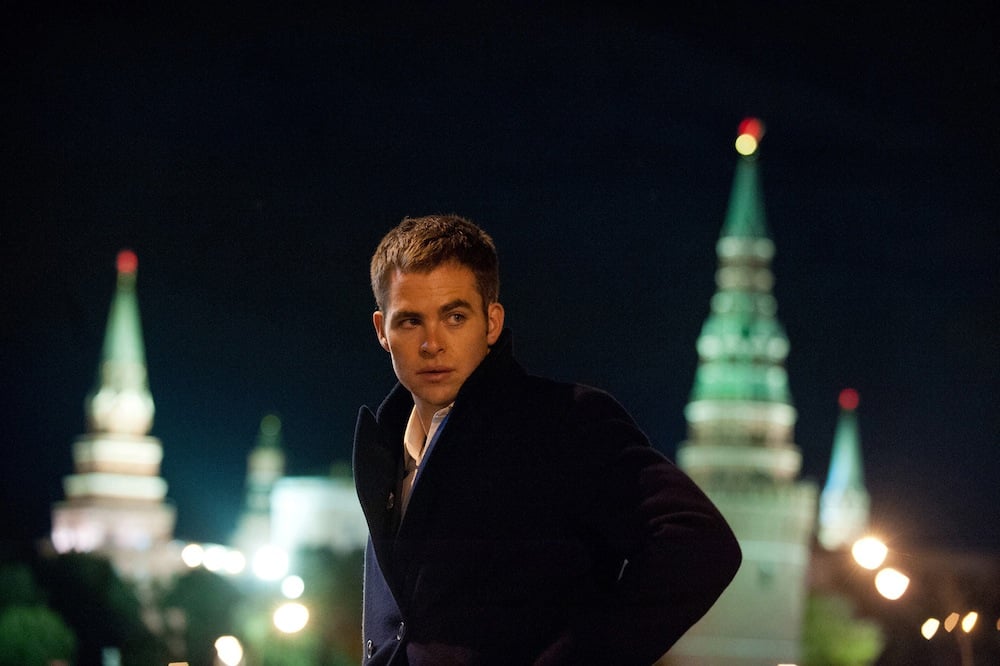Patron saints: are billionaire philanthropists good for the arts?
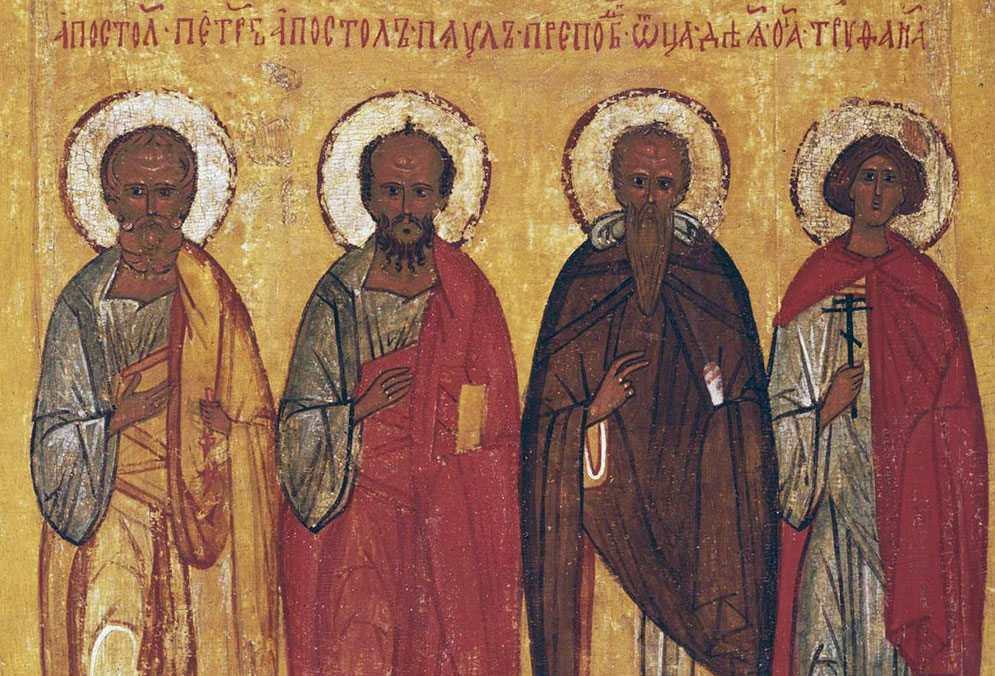
Private initiatives funded by billionaire businessmen like Garage and Strelka are setting Russia's cultural agenda. But, asks Marina Akatova, are there hidden costs to all this generosity?
There was no sex in the USSR. Or so the saying goes. While that seems unlikely somehow, there is one thing that the Soviet Union certainly did lack — philanthropists. Sponsorship of the arts, like everything else, was the prerogative of the state. But now, with the government playing a more reluctant, and more doctrinaire, role in funding culture, the arts agenda is largely being shaped by billionaire philanthropists like Roman Abramovich and their pet projects. These donors are giving Russian culture new impetus. But at what price?
The new wave of generosity has not come from nowhere — many see it as the rebirth of a long-dormant Russian tradition in which wealthy individuals used art and culture to exchange their gains (ill-gotten or otherwise) for public respect. The golden age was the late 19th and early 20th century, when entrepreneurial merchants became major collectors, gallery-owners and patrons. At Abramtsevo, his extraordinary style russe estate, textile magnate Savva Mamontov hosted some of the country’s most talented painters like Ilya Repin and leading composers such as Pyotr Tchaikovsky and Nikolai Rimsky-Korsakov. Moscow’s renowned Tretyakov Gallery was founded in 1856 by another textile millionaire, Pavel Tretyakov. Just before WWI, merchant-turned-collector Sergei Shchukin educated a generation of avant-garde artists by showing his collection of French modern art, which is now housed in the Hermitage.
Here’s another old saying, albeit not Russian: there’s no such thing as a free lunch. While philanthropy was considered something of an eccentricity in the 19th century — in his will, pledging money to the eponymous museum, Tretyakov begged his brother not to “laugh at his wishes” — but these generous donors were convinced that money was essentially impure, a burden on their immortal souls. While their ancestors had built churches with their fortunes, they preferred the new religion of the fine arts.
So does the same inner sense of justice drive sponsors today? Contemporary Russian society seems to think not. A public opinion survey by Moscow’s Higher School of Economics suggests that Russians believe that fewer than 75% of charitable givers do so with mercenary intentions. So what else might be motivating them?
“It’s hard to pin down what exactly Vekselberg got in return, but it’s not hard to see why he’d prefer to be in the government’s good books”
Demonstrative altruism is certainly a good way to advertise integrity and thus help guarantee financial security. Commentators such as Andrei Mukhin from the Centre of Political Information have tried to find a relationship between bursts of charitable giving and important business deals. Without doubt, philanthropic gestures can make businessmen’s day jobs easier, particularly by ensuring a good relationship with the Kremlin. In 2006 oil and aluminium oligarch Viktor Vekselberg helped finance the return from the US of the archive of Ivan Ilyin, a nationalist émigré philosopher. His assistance was, it’s said, requested personally by a representative of President Putin, and the purchase of the archives was part of the president’s “For Reconciliation and Agreement” programme. It’s hard to pin down what exactly he got in return, but it’s not hard to see why he’d prefer to be in the government’s good books.
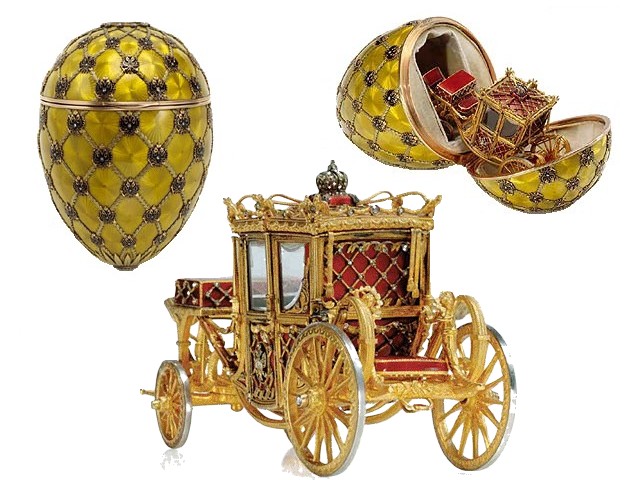
Coronation Faberge egg (1897), purchased for the nation by Viktor Vekselberg
Regardless of motive — vanity and desire for a historical legacy must also play a role — philanthropic giving has certainly helped cultural institutions be more flexible and dynamic in their practice, attracting new audiences and nudging the big state museums into introducing more modern, multidisciplinary programmes. But there’s another side to this big shiny coin. While the influx of new money has certainly been a breath of fresh air, it has perhaps lead to a situation in which an individual can acquire disproportionate influence.
“More than 60% of Russians believe that charity should be everybody’s business”
For instance, German entrepreneur Peter Ludwig, the so-called Chocolate King of Europe, used his confectionery millions to build up an empire of 12 museums bearing his name across Europe at the end of the last century, including a wing of the Russian Museum in St Petersburg founded in the late 1990s. No Russian patron has yet reached this level, but private institutions like Garage and Strelka, the origins of which can be traced to one person’s tastes, are increasingly dominant in the cultural scene. More and more, the Ministry of Culture and other government organisations are looking to them for guidance. Their success is partly a product of their professionalism, and to the structures put in place to ensure checks and balances; however, in distinction to most leading global institutions, single individuals still hold enormous sway. In the UK, for instance, the top galleries and museums, both public and private, are governed by unpaid, disinterested trustees; in the US sponsors do get a seat at the table, but there are enough major donors to prevent one voice dominating. In Russia, by contrast, the individual tastes of an unaccountable oligarch can still have enormous repercussions.

Andy Warhol, Portrait of Peter Ludwig (1980), held at the Museum Ludwig at the Russian Museum
The answer, perhaps, is not fewer donors, but more. It has become a mantra for Mikhail Piotrovsky, director of the Hermitage, that cultural institutions should have multiple sources of income in order to ensure autonomy and curatorial independence. Private cultural projects with only one major backer run the same risk as state institutions: if, for whatever reason, their solitary supporter cuts off funding, they are doomed to disappear.
The next logical step is to diversify the pool of sponsors by bringing in smaller private businesses and wealthy families into the process. This approach has potential — opinion polls conducted by the Russian Public Opinion Research Center show that more than 60% of Russians believe that charity should be everybody’s business — and many big cultural institutions have already started down this path: make a small investment and you can become a “friend” of the Hermitage, the Tretyakov or the Russian Museum.
Such a model would suit the government too, obviating the need for investment in the cultural infrastructure. For this reason, among others, a law is under discussion which would make it easier to support cultural projects, potentially offering tax break incentives to donors. What boost this will give aspiring mid-level philanthropists is unclear, and as the economic conditions which created the initial wave of super-rich giving have not changed, it seems as if the billionaire enthusiasts will continue to define the cultural scene in the near future.
In the past decade, this model for funding has made a comeback. The new philanthropists made their money not in factories, but in natural resources and petrochemicals, and they show their support by launching cultural projects and sitting on museum boards. A signal move was the creation of Moscow contemporary art centre Winzavod in 2007 in a former bottling factory. Roman Trotsenko, the owner of investment fund AEON Corporation, put about $15m in the reconstruction. At around the same time, metals billionaire Vladimir Potanin created an endowment fund for the Hermitage in St Petersburg, with an initial investment of $5m; in Moscow in 2009 the Strelka Institute of Media, Architecture and Design was founded by Alexander Mamut, Sergey Adonyev and Ilya Oskolkov-Tsentsiper with an annual budget of $10m.
“In the 19th century donors were convinced that money was essentially impure, a burden on their immortal souls”
The highest profile initiative was the Garage Center for Contemporary Culture set up by Roman Abramovich in a former avant-garde bus garage in the north of Moscow in 2008. His investment is estimated to be around $70m. This initiative was followed by the still ongoing “cultural reconstruction” of St Petersburg’s New Holland, an island surrounded by canals created by Peter the Great as a naval warehouse. As with Garage, the parent company of New Holland is the Abramovich-bankrolled Iris Foundation, which is headed by his partner Dasha Zhukova.
Although the peak of activity came in the run up to the global financial crisis of 2008, the crash has not taken away the zeal of the new philanthropists, only modified their tactics. At a recent panel on charitable giving at the St Petersburg Economic Forum, it was revealed that, in the last two years alone the number of so-called specialised endowment funds (designed to fund charitable initiatives) has doubled, with their combined funds now totalling 18bn roubles ($560m). 13 new art and culture charities have been set up. Of course, from a global perspective, these figures are not all that impressive. But the most important thing for Russia, with its undeveloped cultural infrastructure, is the direction of growth.

